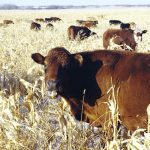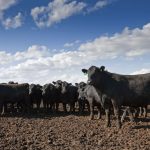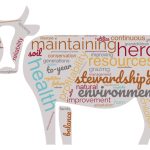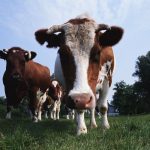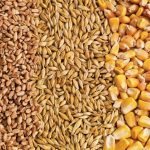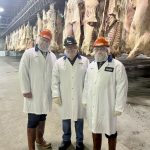Chicago | Reuters – Chicago Mercantile Exchange live and feeder cattle futures rebounded on Tuesday from prior-session declines, continuing a recent climb sparked by tight cattle supplies and firm cash market prices. Recent strength in wholesale beef prices also encouraged continued buying despite a seasonal tendency for the market to decline after the Thanksgiving holiday […] Read more




